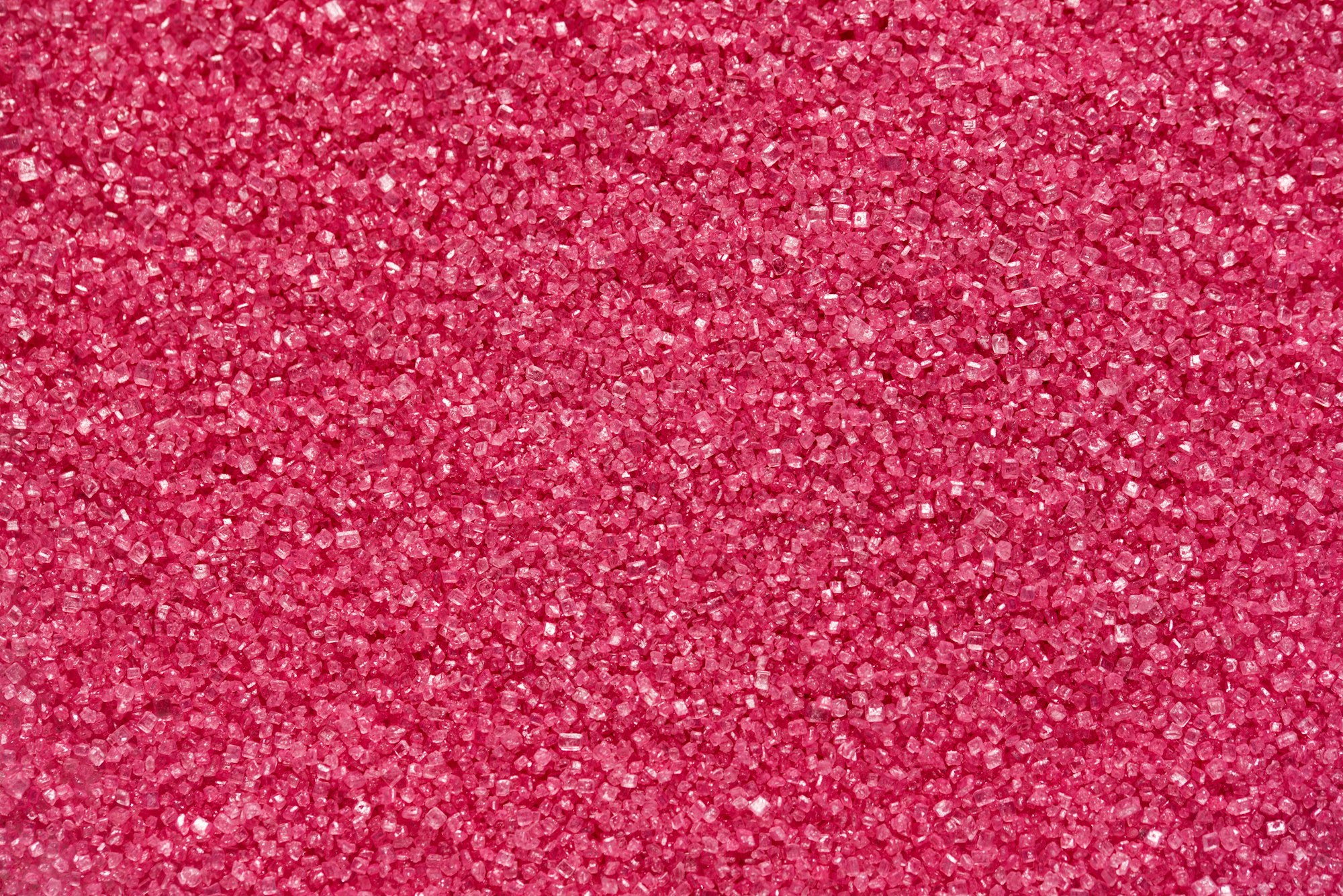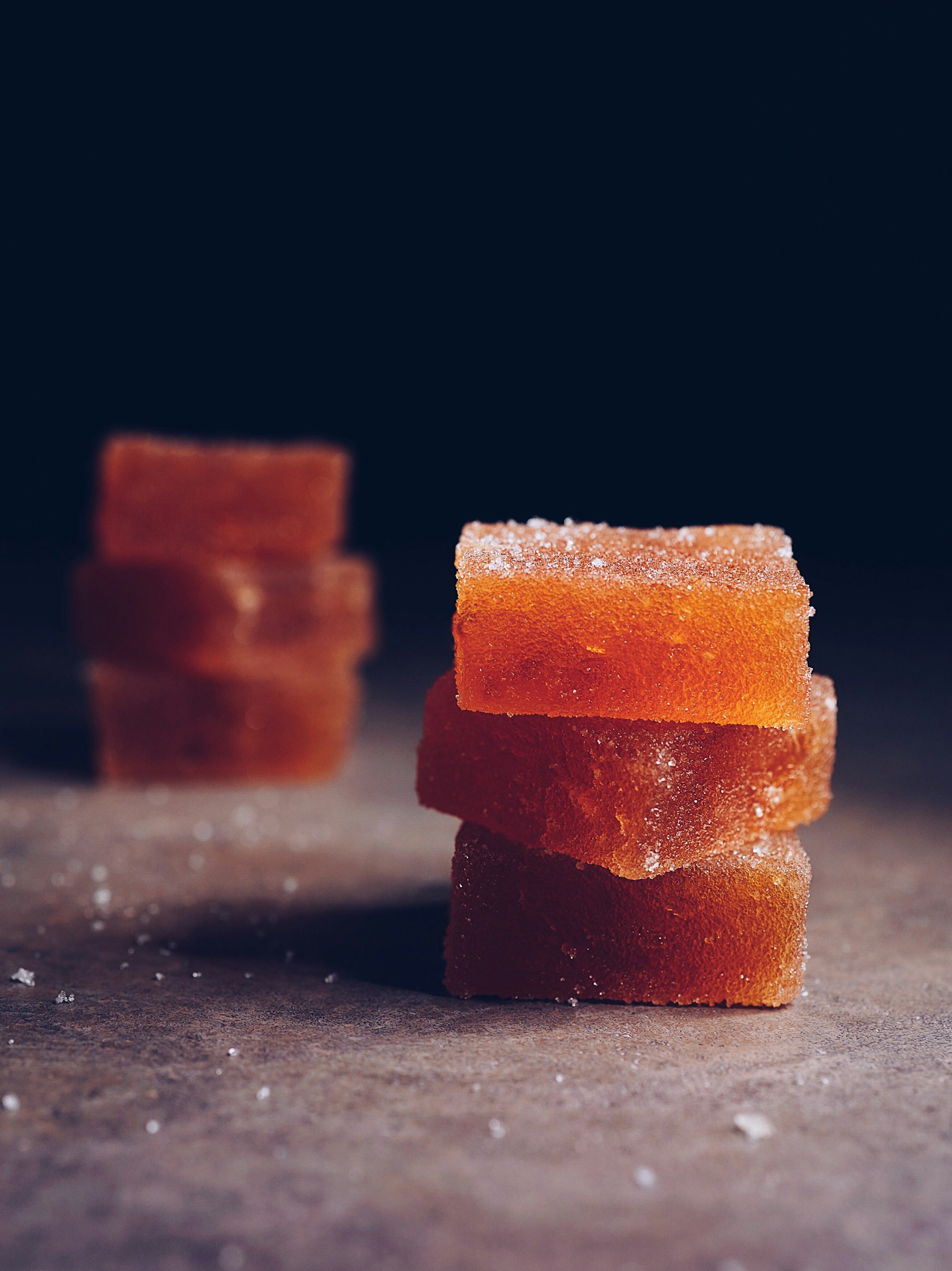How ice cream is made and why you so addicted to it
Ice cream (derived from earlier iced cream or cream ice) is a sweetened frozen food typically eaten as a snack or dessert. It may be made from dairymilk or cream and is flavoured with a sweetener, either sugar or an alternative, and any spice, such as cocoa or vanilla. Colourings are usually added, in addition to stabilizers. The mixture is stirred to incorporate air spaces and cooled below the freezing point of water to prevent detectable ice crystals from forming. The result is a smooth, semi-solid foam that is solid at very low temperatures (below 2 °C or 35 °F). It becomes more malleable as its temperature increases.

Production
Before the development of modern refrigeration, ice cream was a luxury reserved for special occasions. Making it was quite laborious; ice was cut from lakes and ponds during the winter and stored in holes in the ground, or in wood-frame or brick ice houses, insulated by straw. Many farmers and plantation owners, including U.S. Presidents George Washington and Thomas Jefferson, cut and stored ice in the winter for use in the summer. Frederic Tudor of Boston turned ice harvesting and shipping into a big business, cutting ice in New England and shipping it around the world.

Ice cream was made by hand in a large bowl placed inside a tub filled with ice and salt. This is called the pot-freezer method. French confectioners refined the pot-freezer method, making ice cream in a sorbetière (a covered pail with a handle attached to the lid). In the pot-freezer method, the temperature of the ingredients is reduced by the mixture of crushed ice and salt. The salt water is cooled by the ice, and the action of the salt on the ice causes it to (partially) melt, absorbing latent heat and bringing the mixture below the freezing point of pure water. The immersed container can also make better thermal contact with the salty water and ice mixture than it could with ice alone.
The hand-cranked churn, which also uses ice and salt for cooling, replaced the pot-freezer method. The exact origin of the hand-cranked freezer is unknown, but the first U.S. patent for one was #3254 issued to Nancy Johnson on 9 September 1843. The hand-cranked churn produced smoother ice cream than the pot freezer and did it quicker. Many inventors patented improvements on Johnson's design.
In Europe and early America, ice cream was made and sold by small businesses, mostly confectioners and caterers. Jacob Fussell of Baltimore, Maryland was the first to manufacture ice cream on a large scale. Fussell bought fresh dairy products from farmers in York County, Pennsylvania, and sold them in Baltimore. An unstable demand for his dairy products often left him with a surplus of cream, which he made into ice cream. He built his first ice cream factory in Seven Valleys, Pennsylvania, in 1851. Two years later, he moved his factory to Baltimore. Later, he opened factories in several other cities and taught the business to others, who operated their own plants. Mass production reduced the cost of ice cream and added to its popularity.
The development of industrial refrigeration by German engineer Carl von Linde during the 1870s eliminated the need to cut and store natural ice, and, when the continuous-process freezer was perfected in 1926, commercial mass production of ice cream and the birth of the modern ice cream industry was underway.
In modern times, a common method for producing ice cream at home is to use an ice cream maker, an electrical device that churns the ice cream mixture while cooled inside a household freezer. Some more expensive models have an built-in freezing element. A newer method is to add liquid nitrogen to the mixture while stirring it using a spoon or spatula for a few seconds; a similar technique, advocated by Heston Blumenthal as ideal for home cooks, is to add dry ice to the mixture while stirring for a few minutes. Some ice cream recipes call for making a custard, folding in whipped cream, and immediately freezing the mixture. Another method is to use a pre-frozen solution of salt and water, which gradually melts as the ice cream freezes.
Borden's Eagle Brand sweetened condensed milk circulated a recipe for making ice cream at home. It may be made in an ice cube tray with condensed milk, cream, and various simple flavourings. It can be ready to serve after as little as four hours of freezing. Fresh or frozen fruit, nuts, chocolate, and other ingredients may be added as well.
An unusual method of making ice cream was done during World War II by American fighter pilots based in the South Pacific. They attached pairs of 5-US-gallon (19 l) cans to their aircraft. The cans were fitted with a small propeller, this was spun by the slipstream and drove a stirrer, which agitated the mixture while the intense cold of high altitude froze it. B-17 crews in Europe did something similar on their bombing runs as did others.
Ingredients and standard quality definitions

Many countries have regulations controlling what can be described as ice cream.
In the U.S., the FDA rules state that to be described as "ice cream", a product must have the following composition:
- greater than 10% milk fat
- 6 to 10% milk and non-fat milk solids: this component, also known as the milk solids-not-fat or serum solids, contains the proteins (caseins and whey proteins) and carbohydrates (lactose) found in milk
It generally also has:
- 12 to 16% sweeteners: usually a combination of sucrose and glucose-based corn syrup sweeteners
- 0.2 to 0.5% stabilizers and emulsifiers
- 55 to 64% water, which comes from the milk or other ingredients.
These compositions are percentage by weight. Since ice cream can contain as much as half air by volume, these numbers may be reduced by as much as half if cited by volume. In terms of dietary considerations, the percentages by weight are more relevant. Even the low-fat products have high caloric content: Ben and Jerry's No-Fat Vanilla Fudge contains 150 calories (630 kJ) per half-cup due to its high sugar content.
According to the Canadian Food and Drugs Act and Regulations, ice cream in Canada is divided into Ice cream mix and Ice cream. Each have a different set of regulations.
- Ice cream must be at least 10 percent milk fat, and must contain at least 180 grams of solids per litre. When cocoa, chocolate syrup, fruit, nuts, or confections are added, the percentage of milk fat can be 8 percent.
- The ice cream mix is defined as the pasteurized mix of cream, milk and other milk products that are not yet frozen. It may contain eggs, artificial or non-artificial flavours, cocoa or chocolate syrup, a food colour, an agent that adjusts the pH level in the mix, salt, a stabilizing agent that doesn't exceed 0.5% of the ice cream mix, a sequestering agent which preserves the food colour, edible casein that doesn't exceed 1% of the mix, propylene glycol mono fatty acids in an amount that will not exceed 0.35% of the ice cream mix, and sorbitan tristearate in an amount that will not exceed 0.035% of the mix. The ice cream mix may not include less than 36% solid components.
Why do we love eating ice-cream so much?
The main reason is sugar. Below I will describe why is sugar a highly addictive substance that makes us eating not just only ice-cream in huge quantities but almost every our favorite snacks that you like enjoying with a cup of tea or morning coffee.
It has a somewhat addictive combination of fat and carbohydrates (sugar) wich makes food very palable because our brain identify it as very easy and high source of energy. The brain rapidily becomes upset when we eat only sugar or fat. People usually don’t like to eat pure sugar, butter or drink oil, but we like very much that combination in food like: ice cream, cookies, donuts, cakes, chocolates and even breads.
Is sugar a potentially addictive substance?

The FA literature considers sugar (and other refined carbohydrates) to be a key facet of processed foods with high addictive potential, contributing to their GL (dose) and their rapid rate of absorption. Within this context, discussion of sugar has centred on its palatability or hedonic value; however, unlike substances of abuse, sugar has both hedonic and caloric value, and these two aspects broadly map onto ingestive and post-ingestive effects of its consumption, respectively. Moreover, these aspects are distinct and dissociable in terms of their neural processing as demonstrated in two elegant sets of experiments. Domingos et al. showed that melanin-concentrating hormone (MCH)-expressing neurons located within the lateral hypo-thalamus respond to extracellular glucose levels and project to dopaminergic (DA) neurons in the striatum and midbrain regions. The animals show a preference for sucrose over the non-nutritive sweetener, sucralose, and the glucose-sensing ability of these neurons is critical in determining this, as transgenic mice lacking MCH neurons do not show this preference. MCH neurons encode the rewarding nutrient properties of sucrose by increasing striatal DA release independently of gustatory input. Optogenetic stimulation of MCH neurons during consumption of sucralose leads to striatal DA efflux and preference for sucralose over sucrose.

Recently, Tellez et al. expanded upon this work by examining DA transmission in the striatum in response to oral sucralose intake versus intra-gastric glucose or sucralose administration. Using microdialysis, the authors reported changes in DA release in the ventral and dorsal striatum, where regional DA release selectively encoded the pleasurable and nutritional value of the sweet foods. Sucralose consumption was linked to enhanced DA efflux in the ventral striatum (VS), which was no longer observed following devaluation of the sweetener with a bitter additive. Conversely, intra-gastric infusion of glucose, but not sucralose, elicited DA release in the dorsal striatum (DS). Thus, the VS and DS appear to encapsulate functionally distinct responses to palatable and nutritive signalling, and the authors went on to delineate the role of D1 and D2 striatal DA neurons in palatability and nutrient preferences. Dopaminergic signalling excites D1 DA neurons while inhibiting their D2 DA counterparts, and this interaction modulates the control of goal-directed actions, including overeating. Optogenetic stimulation of D1 DA neurons within the DS and substantia nigra terminals increases consumption of a bitter sucrose solution, which supports the dorsal basal ganglia pathway as a circuit that is selectively responsive to the nutrient properties of sugar reward. It should be noted, however, that the role of MCH, D1 DA, and D2 DA neurons has yet to be explored in animal models of sugar addiction, so whether the aforementioned neural circuits reflect processes underlying addictive-like sugar consumption remains unknown.This experimental work allows us to consider that addictive-like properties of sugar may occur via three neural mechanisms: one related to palatability and the reinforcing effects of sweet taste, another related to caloric value and post-ingestive effects, and a third arising from a combination of the two effects. Put simply, the critical ‘addictive’ quality of sugar may be restricted to its sweetness, nutritional value, or some combination of the two. Of course, only the third possibility would support sugar as addictive, particularly within Schulte et al.’s model where highly processed foods with added sugar would be very sweet, energy dense, and rapidly absorbed and therefore potentially have a characteristic profile of ingestive and post-ingestive effects. Nonetheless, as humans often consume sugar in combination with other nutrients, differences between highly processed foods with high and low addictive potential would need to be characterised. Indeed, Zeevi et al. demonstrated that the same foods can have very different post-ingestive profiles in different individuals. This may be a critical factor and one aspect of individual vulnerability to a potentially addictive food. These are theoretical considerations as thus far little work in humans has examined them directly. The animal literature does, however, offer some experimental evidence of parallels between sugar and drugs. We consider this in the next section, beginning with a brief overview of the neurobiological characteristics of drug addiction.
Research: Sugar addiction: the state of the science.




